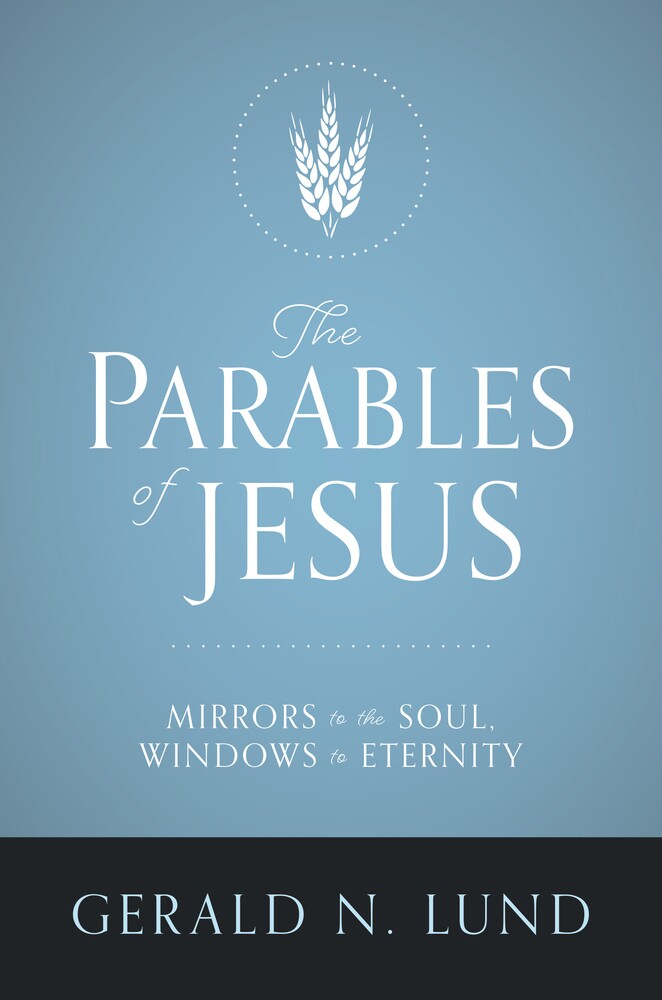About the time He had completed the first year of His ministry, the Savior introduced something new to His disciples and the crowds that came to hear Him. Matthew gave us the most detail about this teaching approach that we now call parables. He records that this began abruptly enough that it took the Twelve by surprise, and evidently left many of the people confused as well.
Parables were not something new that Jesus created. Parables are a literary form found in many cultures throughout all of history, even down into modern times. Some are complex stories, others only short vignettes.
Usually a parable draws moral lessons from things or events that are part of people’s everyday life—plants and animals, people, experiences from daily living, and many other things. Most of the parables also drew on the rich complexities of human nature for their messages.
... The parables of Jesus are brief but brilliant and profound literary gems. Though they were given more than two thousand years ago, the lessons taught and the language used still ring in our minds and hearts with the clarity of steel hitting on steel.
Most important, this simple literary device, when coupled with the hungering spirit of those seeking truth, can teach wise and practical lessons, but also it can open our eyes to the deepest and most significant principles and doctrines of the gospel of Jesus Christ. And when that happens, this becomes a powerful motivation leading the reader or listener to personal introspection, deep searching of the soul, and, eventually, important changes to the heart and mind. In short, these parables can literally become an amazing catalyst for spiritual growth and gospel maturity.
Based on my own experience, I have introduced two similes that capture the nature of these literary masterpieces.
One comparison is that the parables are like mirrors to the soul. As we carefully study the parables and hold them up to ourselves, we can more clearly see what we are and what we are not—either or both of these alternatives can be both painful and a growing experience. Mirrors can help us see more clearly what our Father and His Beloved Son want us to see.
Seeing our flaws in this mirror can lead the humble in heart to change, and those changes can enhance our privileges with the Spirit. And through the Spirit, we start to see things even more clearly. We begin to see the same flaws in ourselves that are found in the characters in the parables. While this can be exquisitely painful, at the same time, it can also be profoundly therapeutic.
The second simile flows from the first. As we start to see beyond ourselves in the mirror of the soul, something very important can happen. In these simple and wondrous stories, we find new insights into the nature of God, our Heavenly Father, and His Son, Jesus Christ. Our perception and understanding goes beyond ourselves as our vistas expand and our vision is sharpened. In these times, the mirrors to the soul become windows into eternity. We see with new eyes the vast grandeur of the Father’s plan and we find ourselves understanding the lessons of the parables expanding beyond our own comprehension, enlightening our minds.
When that happens, we begin to grasp with deeper understanding the foundation stones of the Father’s plan for His children. We begin to sense how profoundly amazing the love of the Father and the Son is, that it truly is Their work and Their glory to bring to pass the immortality and eternal life of man (see Moses 1:39).
Mirrors and windows. Windows and mirrors. May each of us, as we read, study, and thoughtfully ponder these wonderful narratives we call the parables of Jesus, come to see them as both mirrors of the soul and windows into eternity. Perhaps this is why Matthew said of Jesus: “And all these things spake Jesus unto the multitude in parables; and without a parable spake he not unto them” (Matthew 13:34).



